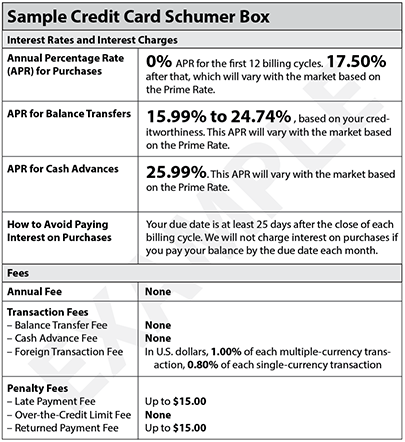Jessica Merritt
Jessica Merritt
Senior Editor & Content Contributor
273 Published Articles 983 Edited Articles
Countries Visited: 4U.S. States Visited: 23
A long-time points and miles student, Jessica is the former Personal Finance Managing Editor at U.S. News and World Report and is passionate about helping consumers fund their travels for as little ca...
Edited by: Juan Ruiz
Juan Ruiz
Senior Editor & Content Contributor
706 Published Articles 1084 Edited Articles
Countries Visited: 49U.S. States Visited: 32
Juan Ruiz is a leading travel journalist and expert in credit cards and loyalty programs. For over a decade, he has turned complex rewards and travel strategies into clear, actionable insights. His wo...
& Keri Stooksbury
Keri Stooksbury
Editor-in-Chief
112 Published Articles 3840 Edited Articles
Countries Visited: 54U.S. States Visited: 28
Editing with Upgraded Points for over 6 years, as editor-in-chief, Keri manages the editorial calendar and oversees the efforts of the editing team and over 20 content contributors, reviewing thousand...






![Venmo Credit Card – Full Review [2025]](https://upgradedpoints.com/wp-content/uploads/2021/10/Venmo-Credit-Card-green.jpg?auto=webp&disable=upscale&width=1200)
